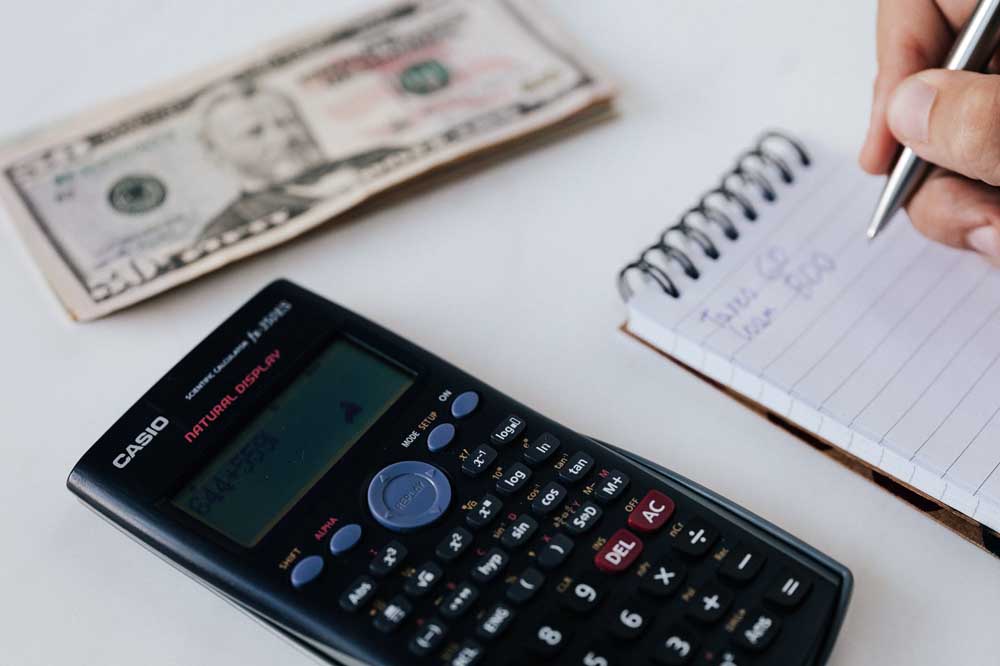A key focus of my blog is Financial Literacy/Money. Often we purchase things and spend our hard earned money, not know why we’re doing it. We also often don’t understand the long-term ramifications of our expenses. The following contributed post is entitled, Do You Really Understand Your Expenses?
* * *
Understanding your expenses takes a lot more effort than most people seem to think. Sure, they know money is coming in and money is going out, but they’re not taking the time to look at the details that form this big picture. And sometimes, that’s going to be detrimental for their financial health.
And if you’re the kind of person who can be a bit blasé with your money, it might be time to sit back and work out what’s really costing you month by month. Do this before your budget breaks and your savings account looks bare – don’t worry, we’ve got some tips below to help you out.

The Three Types
It’s said that there are three main types of expenses: recurring, non recurring, and variable. Let’s go through them:
The first type of expense are the things you absolutely have to pay for, such as monthly bills or car insurance if you’re on the road.
The second type are only periodic payments, which can include yearly or bi annual bills, and often enough we forget about these.
And finally we have the variable type – things we don’t need to spend on, but we want to, such as going to the cinema, or buying a whole bunch of new clothes, or even just food shopping.
And Without Knowing the Difference, You Won’t Save Properly
When you don’t know the difference between the three expense types above, you’ll never be able to track and/or save your expenses properly. You won’t be able to distinguish between the things you must pay and the things you only want to pay for; creating a realistic budget, and being able to stick to it, revolves around this whole concept.
Put down your income first. Then fit your recurring expenses into the picture, then the things you only need to periodically pay, and then work out what’s left for the variables. This way you’ll know where savings are manageable, and what you may be spending a little too much on from time to time.
Tracking is Important
And finally, tracking your expenses is the most important thing you can do to better understand what you’re spending on. Once you know what’s recurring, what’s variable, and what’s unnecessary, you can cut back in the right areas, and funnel a bit more money to the places that really need it.
Don’t worry, you’re never going to be alone in tracking your expenses. There are plenty of tools out there to help you; for example, Pigly.Com could help you work out how much of a mortgage you could afford, or how long it’ll take to pay off that credit card debt. Either way, make good use of calculators like this to give you some real numbers to work with.
Understanding your expenses will ensure your bank account both looks good, and feels good to use. Most of all, make sure you’re tracking what’s going out, and never spending over what’s coming in.
